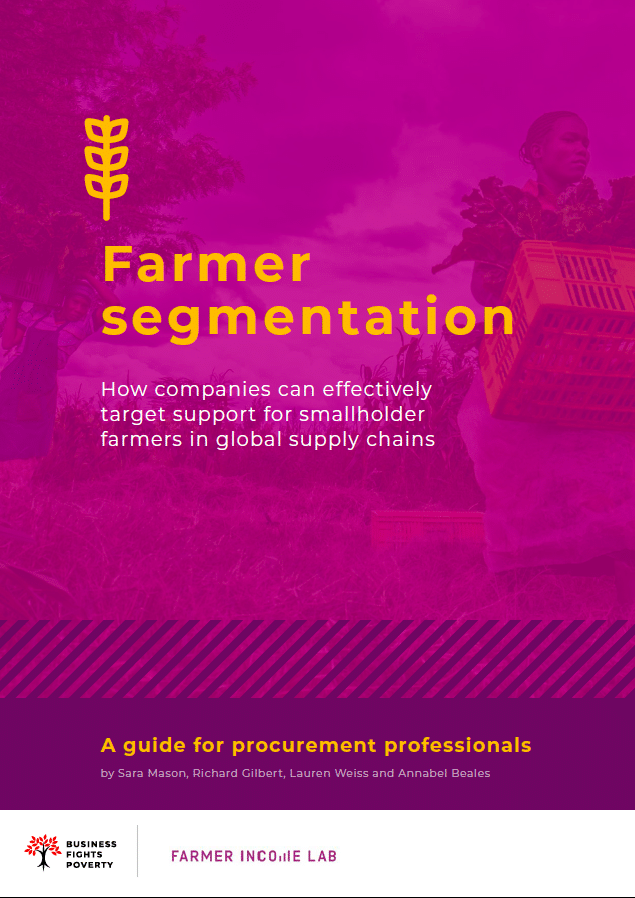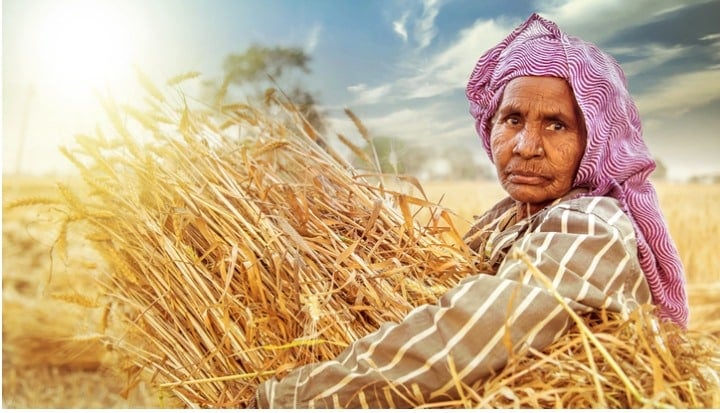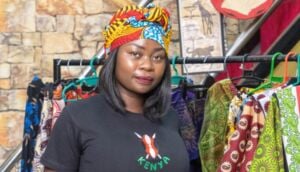Around the world, there are 35 million smallholder farming households participating in global supply chains. Yet, the contributions of smallholder farmers to the global economy are deeply undervalued. Despite playing a critical role in our daily lives and in our economy, as many as 24 million of those households, more than 122 million people in total, are likely living in poverty.
Smallholder farmers face a tapestry of interwoven issues including difficulties accessing agricultural inputs, finance, and markets – just to name a few. At the same time, farmer incomes and resilience are further threatened by the impacts of a changing climate. These challenges limit their full potential as farmers and make it difficult for smallholders to reach a Living Income,[1] the level at which they can enjoy a “decent” standard of living.
Smallholder farmers are critical to food, beverage and other company procurement practices and are arguably the most vulnerable link in the supply chain. Companies wishing to foster sustainable and resilient supply chains now have a business imperative to use their procurement practices to promote better livelihoods for smallholder farmers.

The Farmer Income Lab (FIL)’s work on sourcing and procurement strategies has emphasized the importance of nuance when it comes to working with smallholder farmers. Understanding the needs and challenges of smallholder farmers —some of which are universal, but all of which get filtered through their unique context—helps companies design procurement programs that achieve corporate objectives while providing transformational benefits to smallholder partners.
In a new report from the Farmer Income Lab and Business Fights Poverty, we provide more information about segmentation and how procuring companies and smallholder farmers can benefit from a segmentation approach. Farmer segmentation: how companies can effectively target support for smallholder farmers in global supply chains also provides an overview of the basic steps that any company would take to get started, alongside examples of how segmentation is already being applied to help businesses reach their objectives while helping improve smallholder livelihoods. The report explains how farmer segmentation, if done well, can help businesses better tailor their interventions to support smallholder farmers in their global supply chains, leading to skills development, improved access to agricultural inputs, greater resilience to climate change and other shocks, and eventually, a Living Income.
Finding mutual benefits through farmer segmentation
Segmentation is not a new concept; companies often use customer segmentation to better understand their target consumers and tailor advertising to specific audiences. Farmer segmentation similarly helps companies design effective and efficient plans around procurement that benefit both farmers and businesses. It is a process already in use by the development sector, allowing an organization or a company to know exactly what different groups of suppliers need to thrive.
Furthermore, farmer segmentation is an adaptable tactic with numerous approaches depending on a company’s end goal. Consequently, the first step in any farmer segmentation process is to clarify objectives and scope. Once you know your procurement “north star”, or ultimate objective, you can group (segment) the smallholder farmers in your supply chain in ways that make sense – for example, by demographic and household characteristics; by farmer attitudes, beliefs, and values; by income potential; and/or by degree of farmer professionalization.
Not only does this allow companies to understand the different needs of specific farming “groups”, but it also helps identify hotspots where deeper or more supportive interventions are needed to uplift the most vulnerable farmers in the supply chain.
Crucially, farmer segmentation should be implemented with a “leave no one behind” ethos and should not be used to exclude farmers facing the heaviest burdens. On the contrary, supporting excluded groups, such as women farmers, has been found to improve productivity, competitiveness, and economic growth.[2] Despite this, the important contributions of women farmers in global smallholder value chains – and the specific barriers they face – are often overlooked. Applying a gender lens to farmer segmentation is essential for ensuring that women are included, as services and strategies are often, by default, designed for men.
Taking a LEAP with Farmer Segmentation to bring Living Incomes to cocoa farmers
What does farmer segmentation look like in practice? One example is the Livelihoods Ecosystem Advancement Programme (LEAP) which just launched this year. LEAP is a collaborative initiative between Mars, Fairtrade and ECOOKIM, which represents a group of rural farming cooperatives and is part-funded through the DONUTS program run by the Finnish Ministry of Foreign Affairs. The US$11 million farmer-first program is anchored in the idea that “no two farmers are the same” and will support 5,200 smallholder cocoa farmers, reaching 36,400 household members in Côte d’Ivoire across its five-year initial lifespan.
Critical to the program is a farmer segmentation strategy based around potential income—specifically grouping farmers according to their resources (land) and potential crop yields— the program aims to support 5,000 smallholder farmers in Côte d’Ivoire on a path to a living income by 2030.
The program identified four segments:
- High Resource, Low Performance (Comfortable): farmers have sufficient resources but are inefficient in utilizing them
- High Resource, High Performance (Successful): farmers are well positioned for growth and have the highest chances of reaching a Living Income
- Low Resource, Low Performance (Struggling): farmers are vulnerable and require a diversified strategy to achieve a Living Income
- Low Resource, High Performance (Efficient): farmers achieve high productivity, despite low resources but still require a diversified strategy to reach and sustain a Living Income
Different bundles of interventions are then being designed based on the unique needs of each farmer profile, overlaid with crosscutting analysis that focuses on themes such as gender, climate vulnerability, agroecological characteristics of farm segments etc. Farmers identified as “Struggling,” and “Efficient” are considered the most vulnerable and therefore need the most support, as they are unlikely to be able to generate a living income from cocoa farming alone. Bundles of support for these groups include help to reach a living income through diversified income streams, including a mix of cash crops, hybrid crops, and off-farm income-generating activities.
Adding farmer segmentation to the procurement toolkit
Supporting smallholder farmers is not part of an altruistic mandate; it strengthens the resilience of supply chains and can feed into any company’s environmental, social, and governance (ESG) goals. Furthermore, as multinational companies look for strategies to adapt their value chains to the impacts of climate change and ensure an equitable transition for some smallholders, segmentation offers a powerful tool to better understand the needs of smallholder farmers and to design more effective support.
Done well, farmer segmentation can help ensure that everyone wins: companies, smallholder farmers, and the billions of us worldwide who depend on their labor in our everyday lives.
[1] The Concept (2021). The Living Income Community of Practice.
[2] Farmer Income Lab (2022). Enabling Smallholder-Based Agricultural Transformation.










